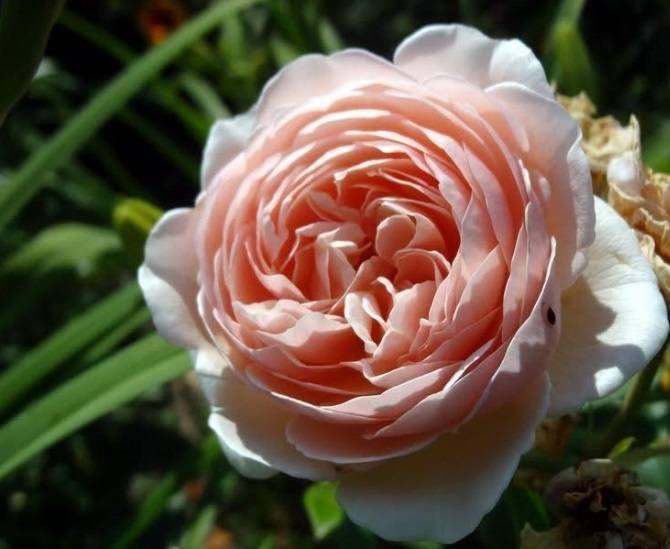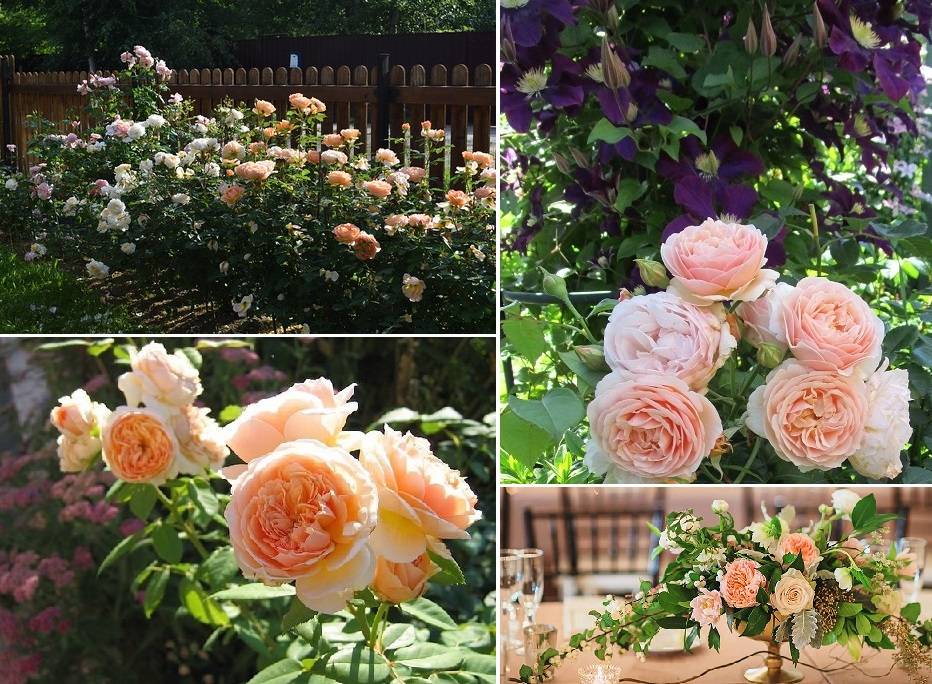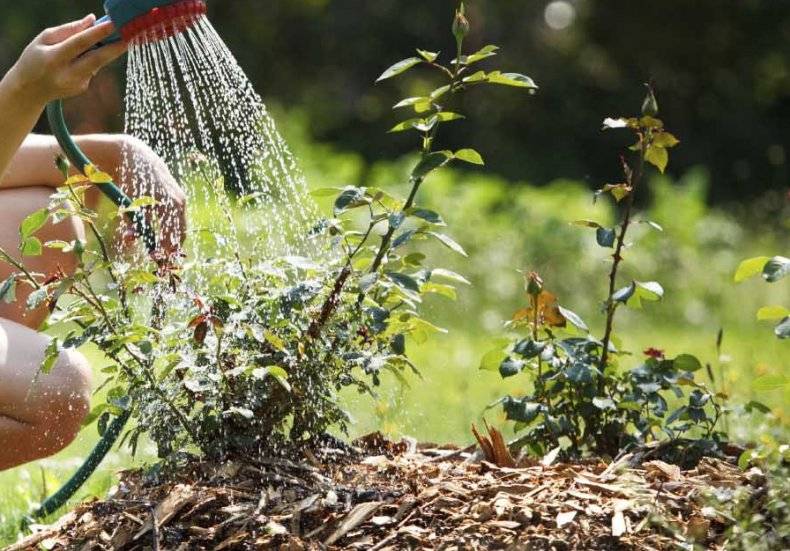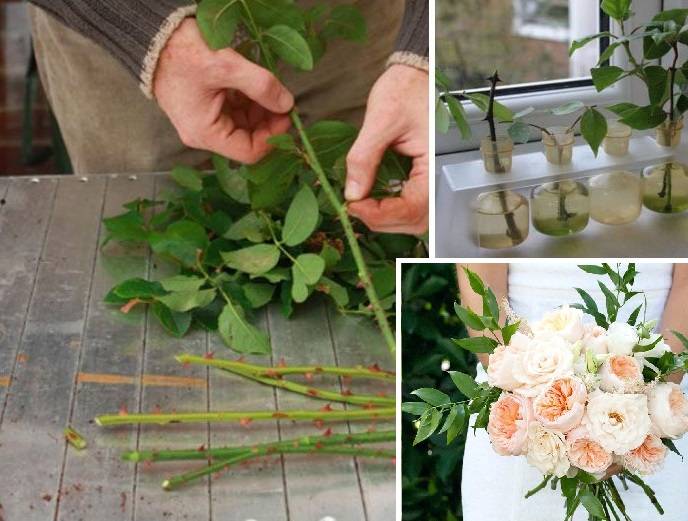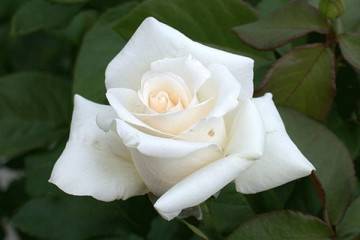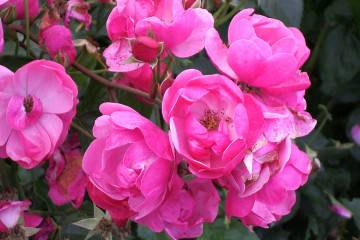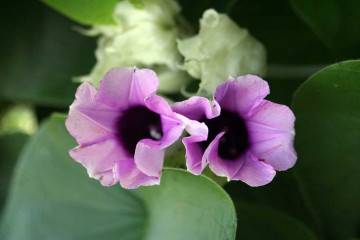Rose Juliet
Content:
Juliet roses are very gentle and romantic, fully justifying their name. It is one of the most popular colors currently used in wedding decor.
Description of the variety and history of creation
The flower was created by the legendary English breeder David Austin in 2005. The process of removing Juliet took about 15 years and demanded significant financial costs (according to official information - almost 16 million US dollars). Despite the exorbitantly high initial cost of Juliet's seedlings, assigned during the presentation of the variety at the exhibition in Chelsea, today's price is quite affordable.
Rose Juliet belongs to hybrid tea peony varieties. The bush reaches a height of 80 cm. The shoots are dense, erect, abundantly covered with glossy rich green leaves.
The petals, of which there are 40 in the bud, have a delicate apricot-peach color. The scent of flowers is subtle, typical of tea roses.
Blooming is repeated throughout the season. To get large buds, the bush needs regular pruning. The plant does not lose its decorative effect even in rainy weather, the flowers remain neat and not disheveled. It is resistant to cold temperatures down to -23 ° C; in case of more severe frosts, shelter is necessary.
Advantages and disadvantages of the variety
The positive qualities of the variety include:
- luxurious and abundant repetitive bloom;
- relative resistance to cold and disease;
- light, unobtrusive aroma.
Of the shortcomings, it is worth mentioning that with prolonged rains, the stems can break under the weight of large flowers that have collected a lot of moisture between the petals.
Use in landscape design
The Juliet variety has found wide application in the design of garden and backyard plots. It is used in group and single plantings when creating flower beds, hedges, borders, as well as in decorating terraces and gazebos.
Growing a flower
The cultivation of the Juliet variety is not particularly difficult. To do this, it is enough to familiarize yourself with the conditions of care and adhere to them.
Reproduction methods
The variety can be propagated by seedlings and seeds. However, it is worth remembering that when planting seeds of hybrid tea roses, it is rarely possible to preserve the varietal characteristics of the plant. That is why it is better to give preference to seedlings.
Optimal planting time
When choosing the right time to plant a plant outdoors, a lot depends on the region and weather conditions. Late spring or early autumn are best suited when there is no risk of frost.
Location selection
A place for planting Juliet should be chosen on the south side of the site, next to a hedge or any other vertical support to which the seedling can be tied up after rooting.
How to prepare the soil and flower for planting
24 hours before planting, the root system of the seedling is cut and placed in a bucket of water.
In the selected place, a landing hole is prepared about 0.5 meters in depth and width. A layer of compost and humus is added to the bottom of the pit, sprinkled with soil on top and watered.
Planting procedure step by step
Planting a seedling of a bush rose Juliet is as follows:
- The root system is lowered into the hole and gently straightened.
- The hole is covered with soil and compacted with your hands.
- The seedling is watered.
- The earth around the rose is mulched.
Plant care
Like any rose, Juliet requires careful maintenance after planting. During the entire growing season, she needs regular watering, as well as loosening and fertilizing the soil.
Watering rules and humidity
Water the plant sparingly as the soil dries out. Spraying Juliet is not required. In order for moisture to easily pass through the soil and not stagnate, regular loosening is necessary.
Top dressing and soil quality
The soil at the rose planting site should be light and nutritious. Simultaneously with loosening, mineral fertilizers are introduced into it. The procedure is repeated 2-3 times a month, from spring to August.
Pruning and replanting
In the first year of planting, it is not advisable for Juliet to bloom. It is recommended to remove the buds, allowing the bush to root well, and cut the shoots by about half before wintering.
In the summer, pruning is carried out, removing shoots that have broken or have undergone disease. Further, as the bush grows, formative pruning is required.
Transplanting can be carried out no earlier than 2 years after planting the seedling in the ground.
Features of wintering a flower
In regions with frosty winters, this variety requires an obligatory shelter. To do this, the previously cut bush is spud and covered with spruce branches or non-woven material.
Blooming rose
Juliet is distinguished by long re-flowering. The first buds form on the bushes in June and continue to appear until early September.
The period of plant activity begins with the growth of green mass and the appearance of buds. The opening of the buds is slow, but they all bloom almost simultaneously.
Care during and after flowering
For abundant flowering, it is imperative to prune the bush in spring. At the time of bud formation, nitrogen fertilization is applied. Later - a phosphorus-potassium composition. Closer to the beginning of the dormant period, feeding is stopped.
What if it doesn't bloom? There are two main reasons Juliet refuses to bloom: a lack of sunlight or a fungal disease. In the first case, transplanting to a more illuminated place will help; in the second, the plant must be destroyed.
Flower propagation
As already mentioned, sowing the seeds of a Juliet rose is a thankless task. It is better not to waste time on this, but immediately resort to cutting the bush.
It is recommended to harvest cuttings in the summer. The process of cutting shoots begins in the morning, when the plant is saturated with moisture.
Detailed description
When grafting, it is important to observe a number of the following rules:
- A sharp, disinfected instrument is used for grafting.
- Strong shoots are chosen for cuttings.
- The lower cut of the cutting is performed under the kidney, and the upper cut is 2 cm higher.
- The lower leaves are removed from the shoots, and the upper ones are shortened by 1/3.
- Cuttings are placed in a growth stimulator for a day.
- Shoots are kept in water until roots appear.
- The container with cuttings should be in a well-lit place.
The cuttings are planted in open ground after the roots are sufficiently strong.
Diseases, pests and ways to control them
Despite being disease resistant, Juliet can succumb to powdery mildew and black spot. For prophylaxis in the spring, the bush is treated with Fitosporin.
The main pests that can be encountered are aphids, scale insects and caterpillars.Having found them, the bush is sprayed with soapy water or insecticides.
Rose David Austin Juliet can be grown on any personal plot. Even an inexperienced florist can handle her care, and the pleasure of flowering will be enormous.
